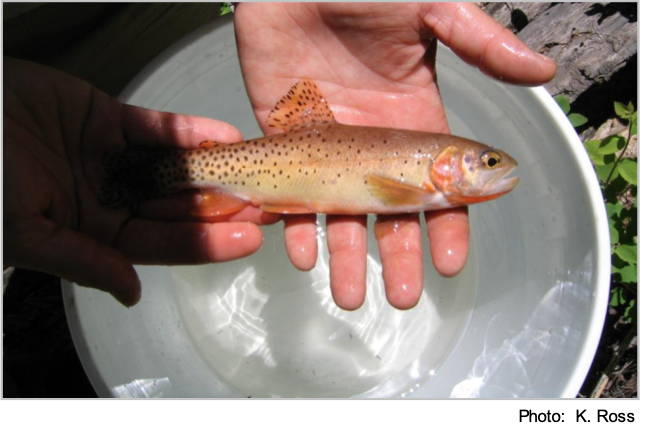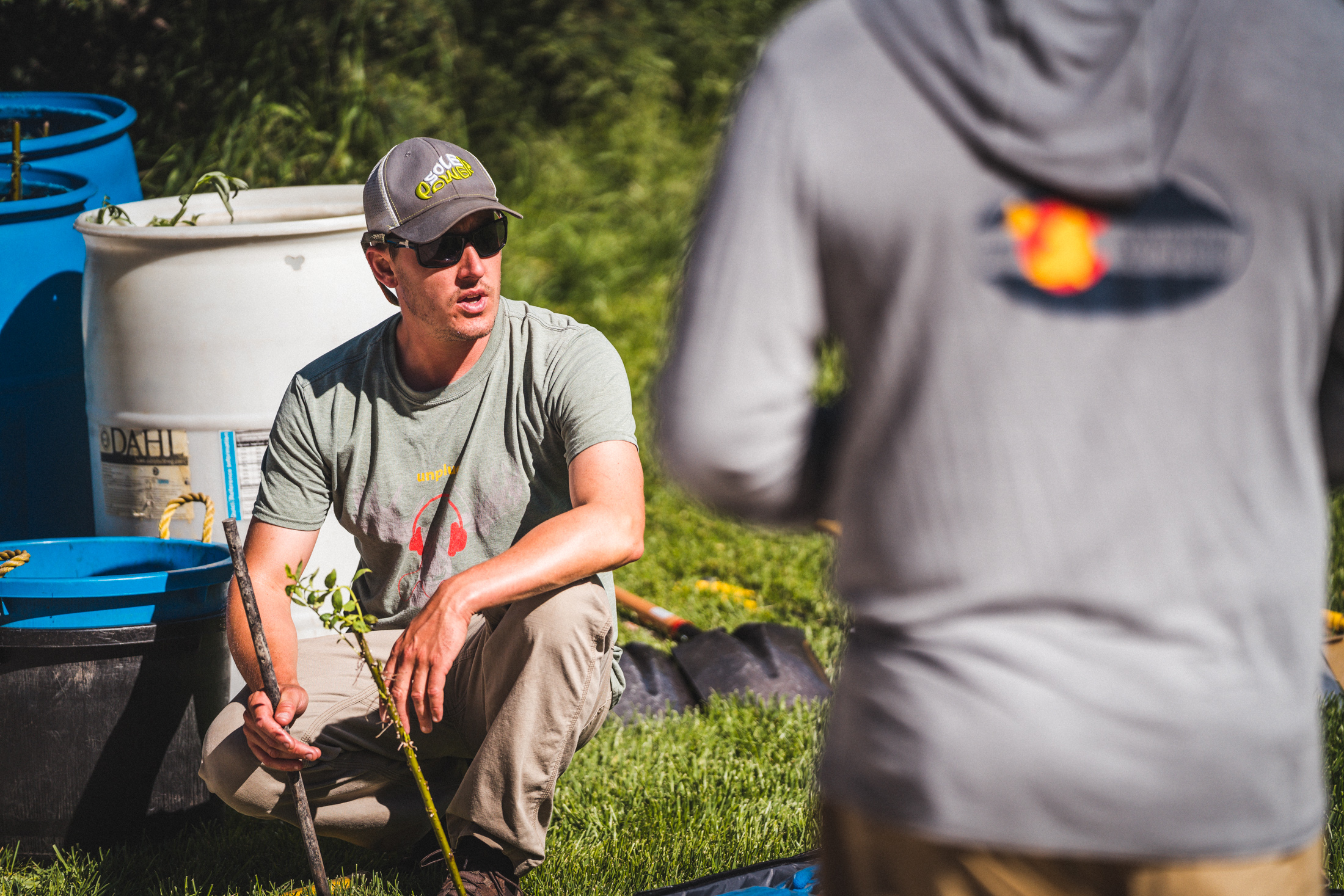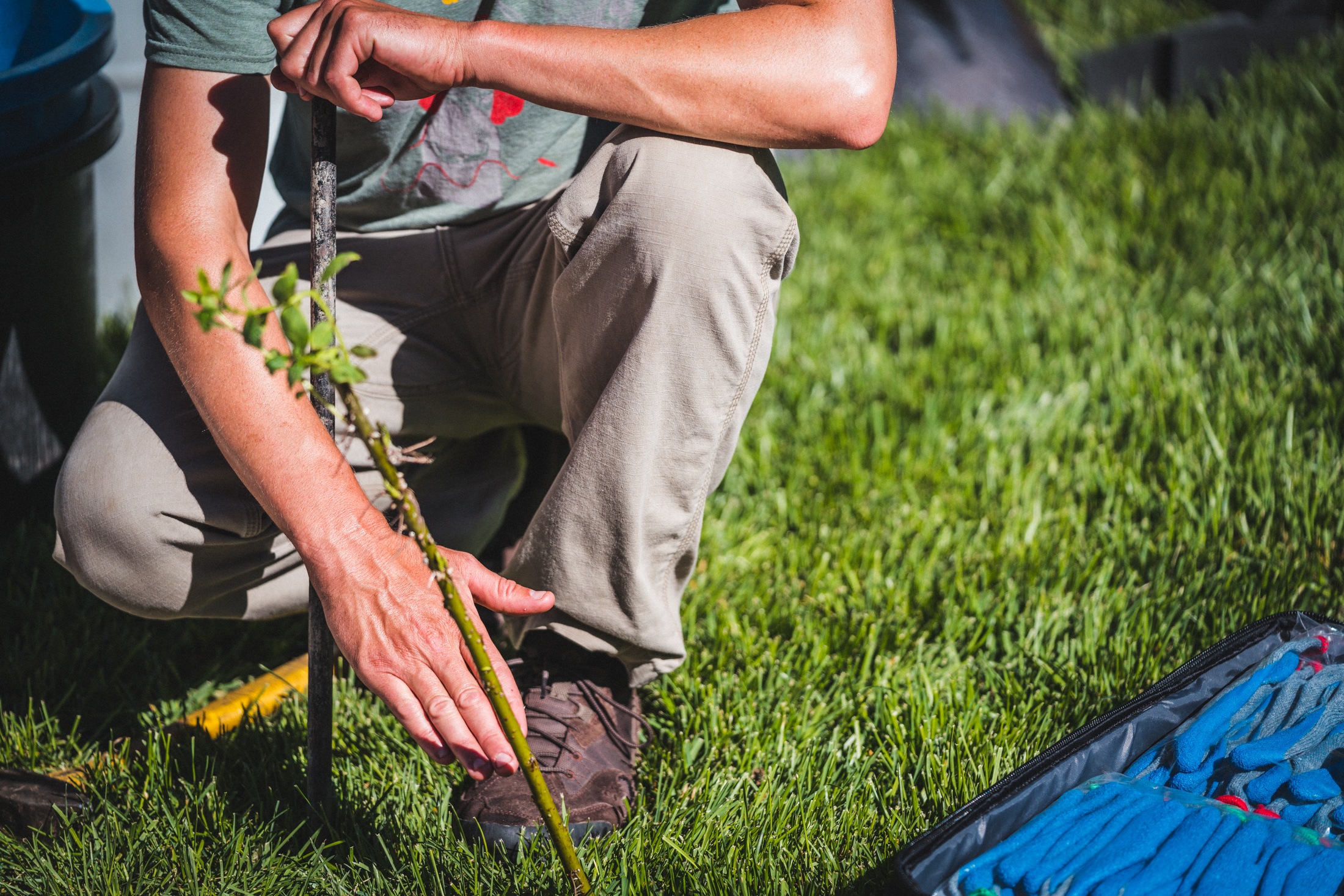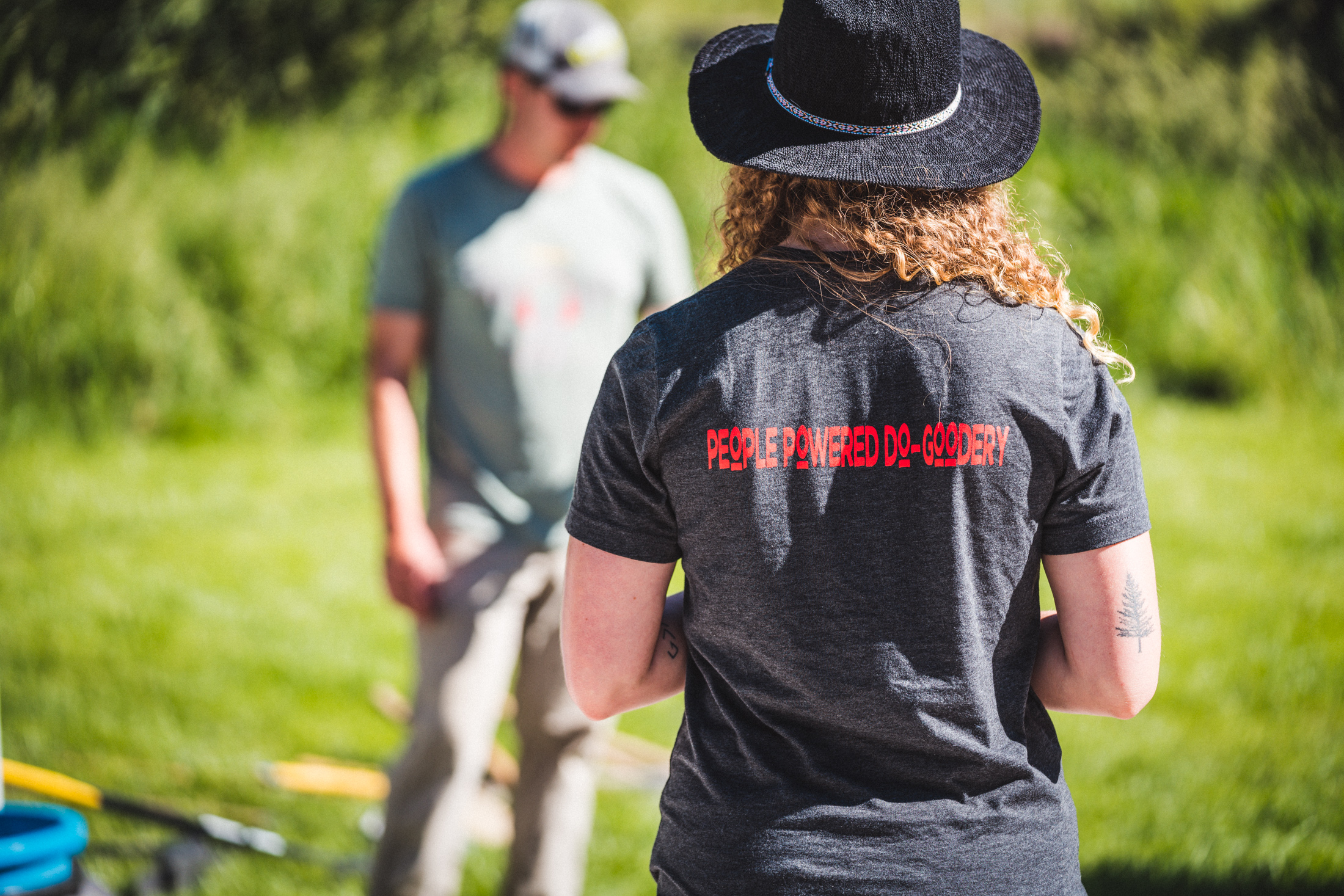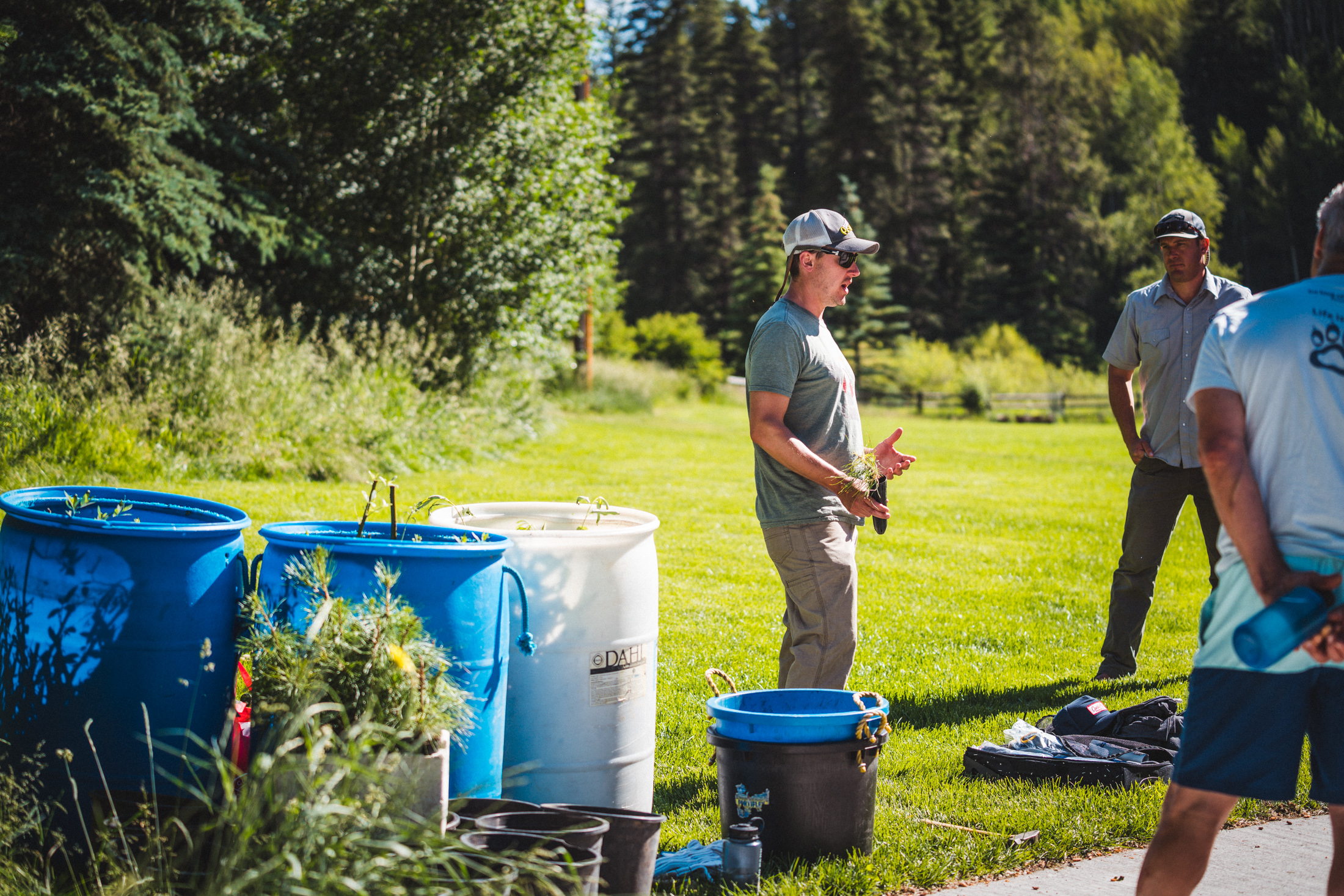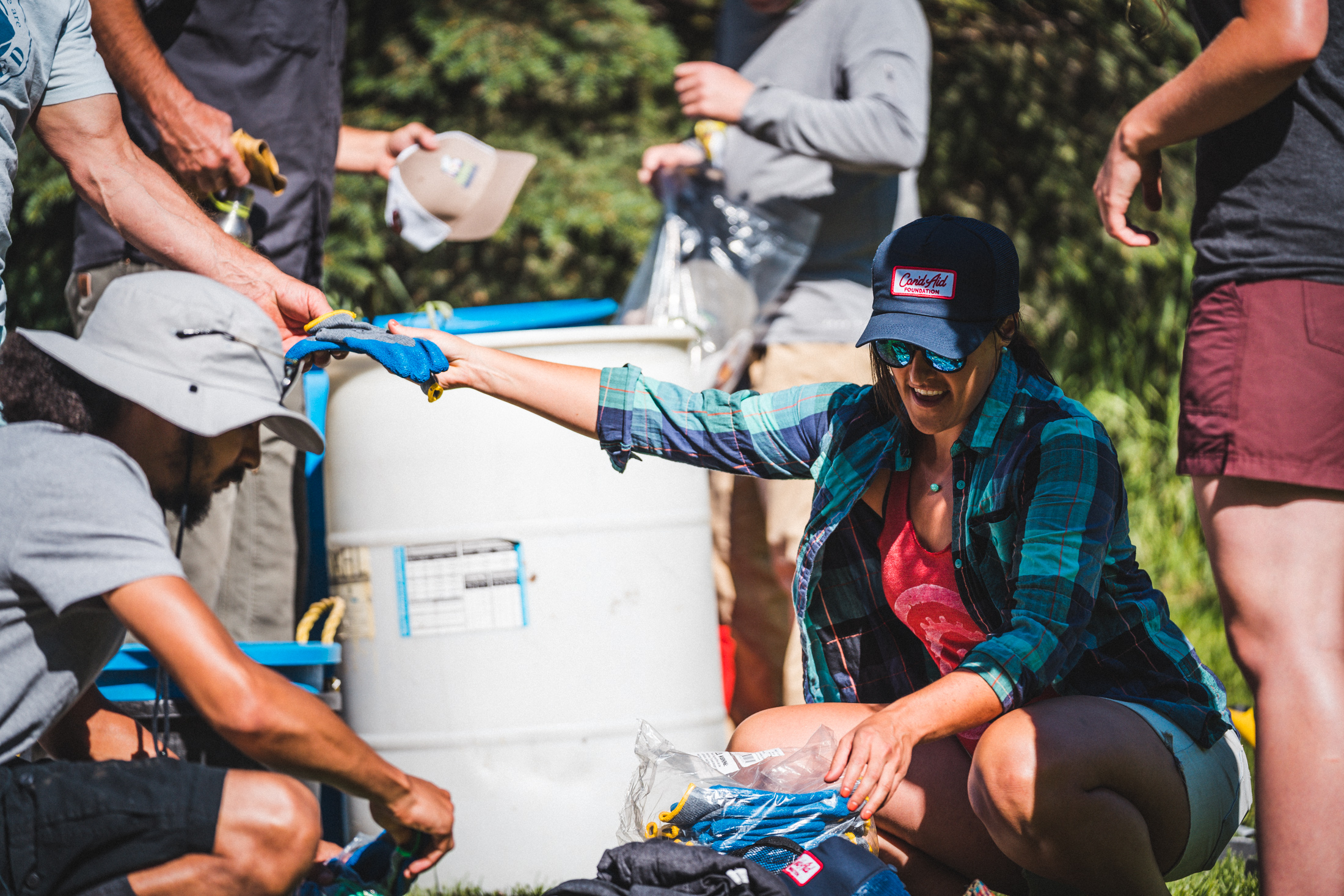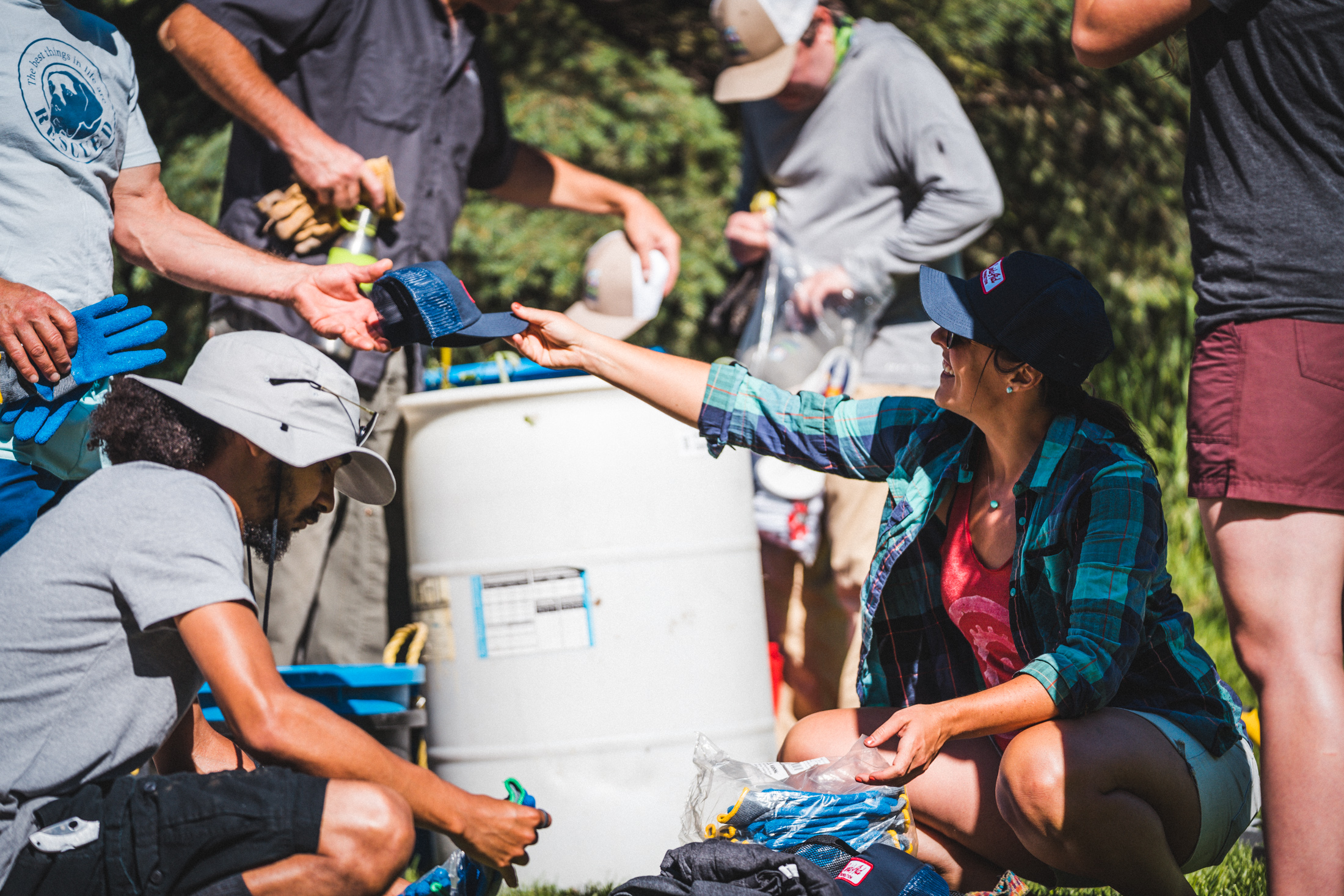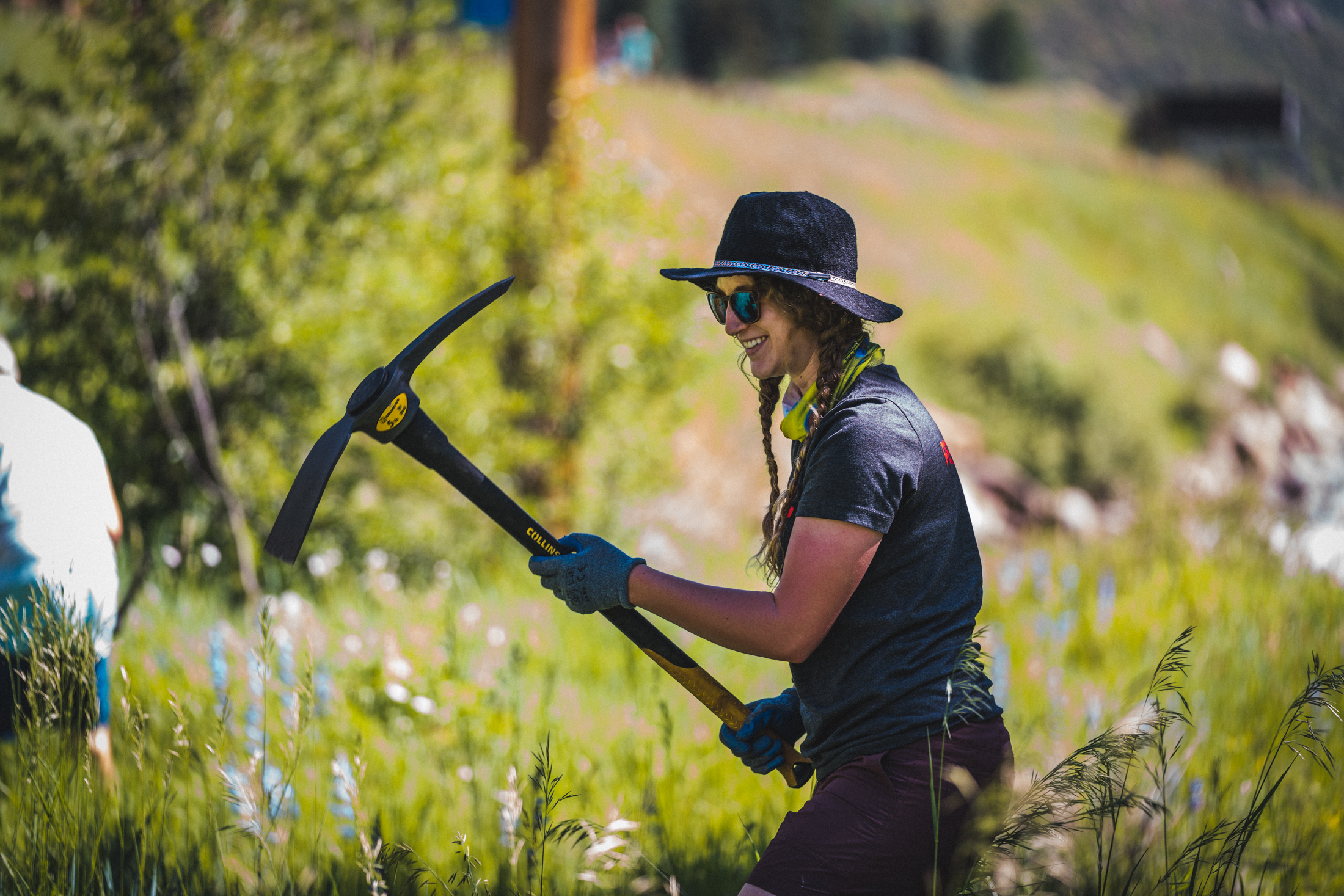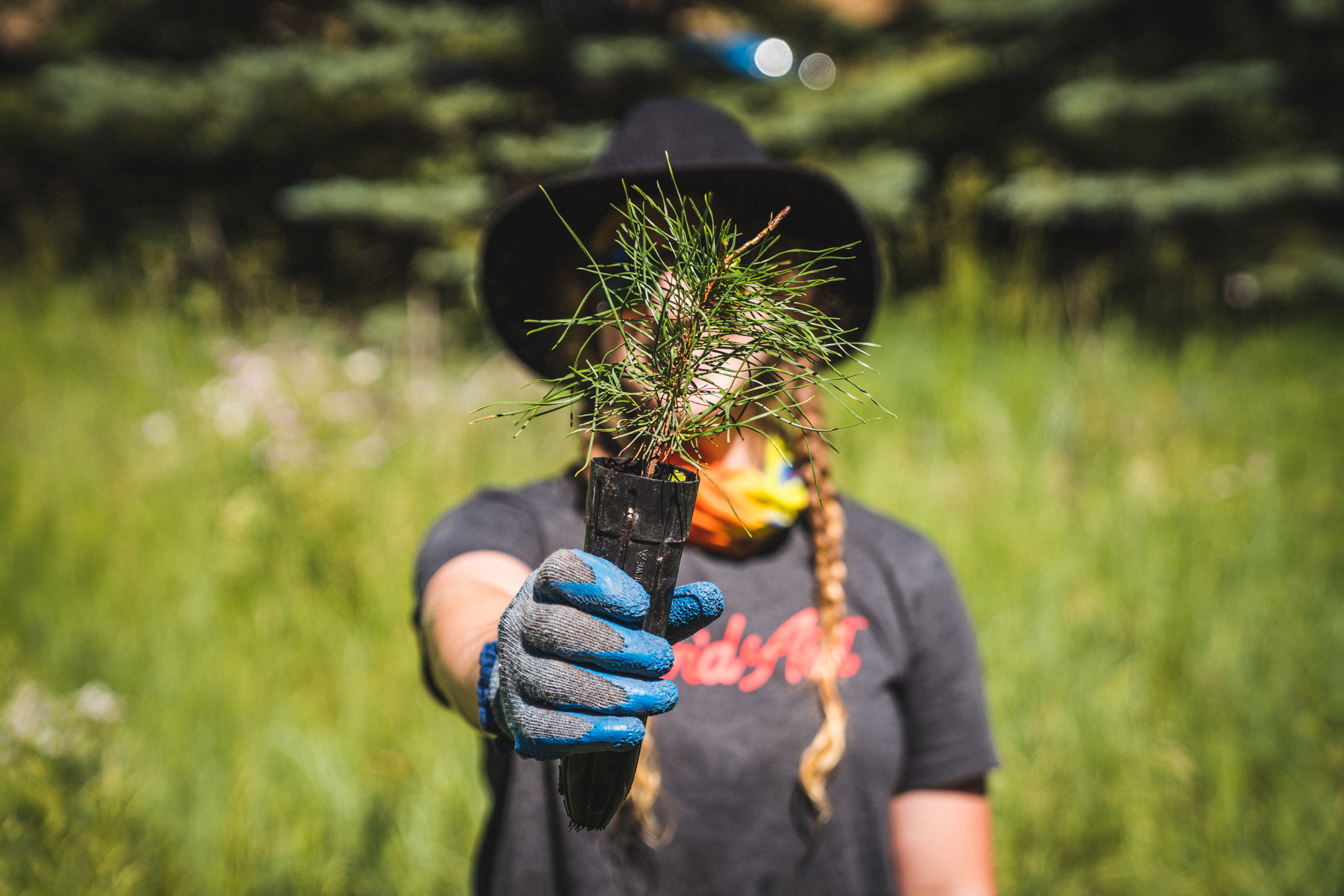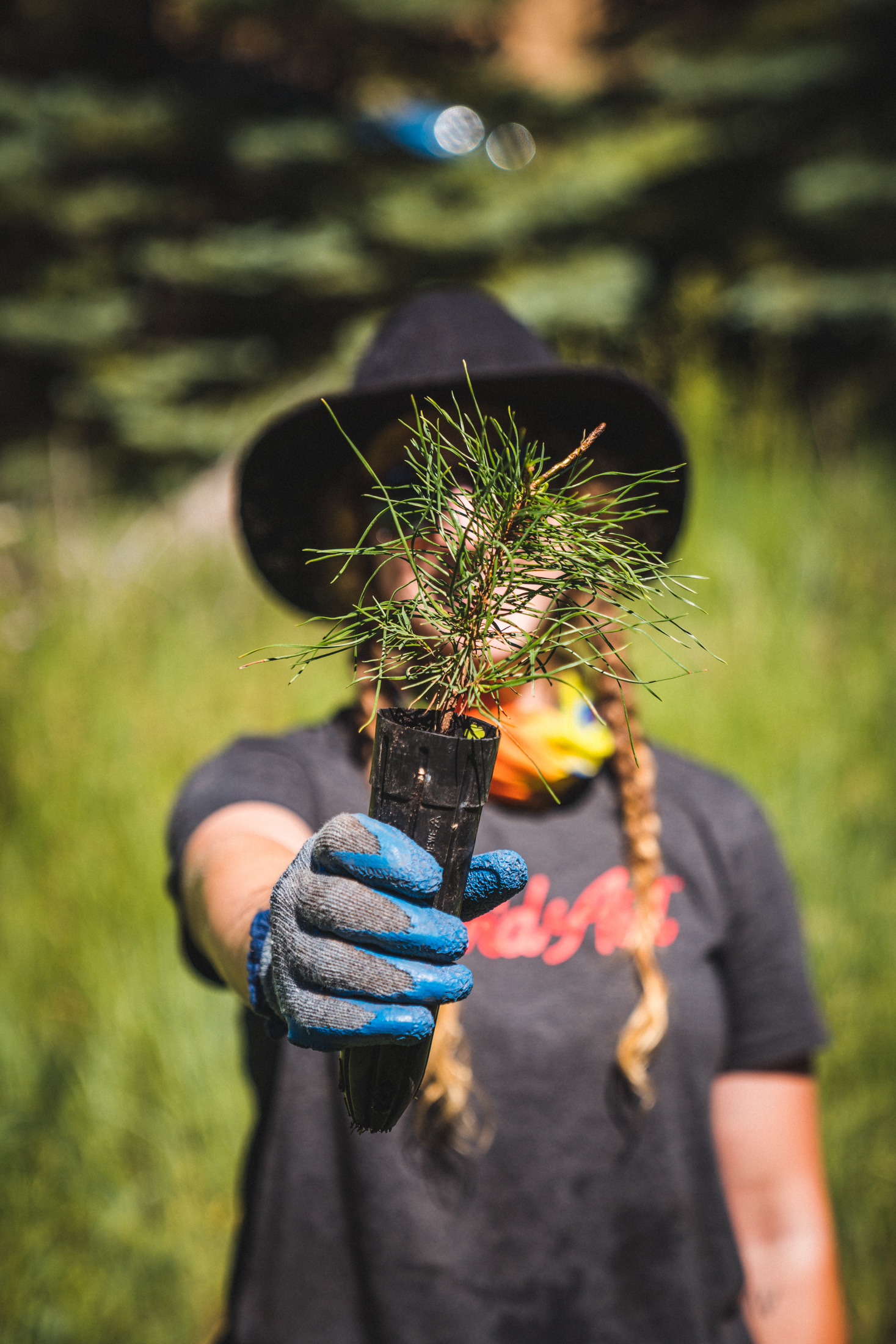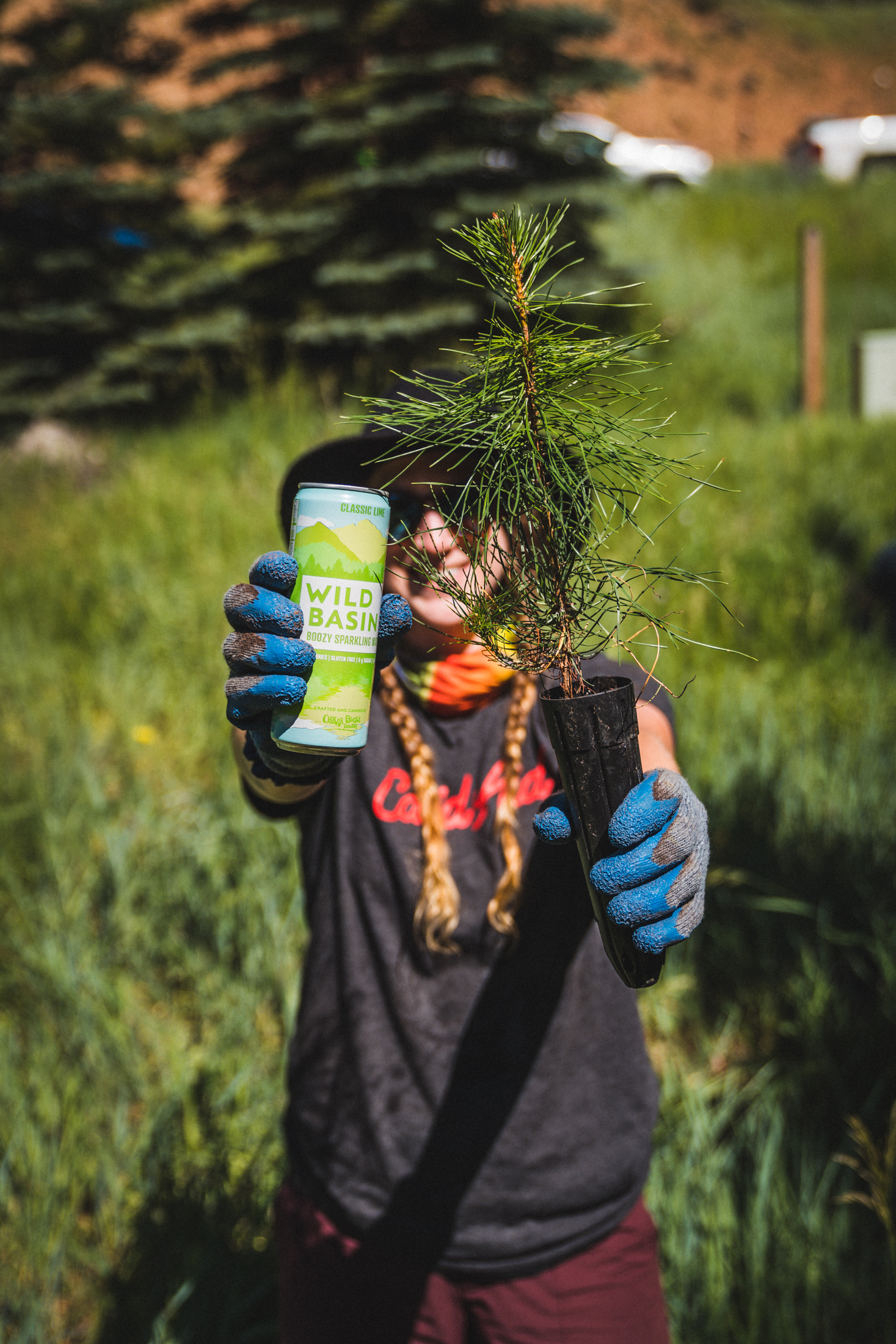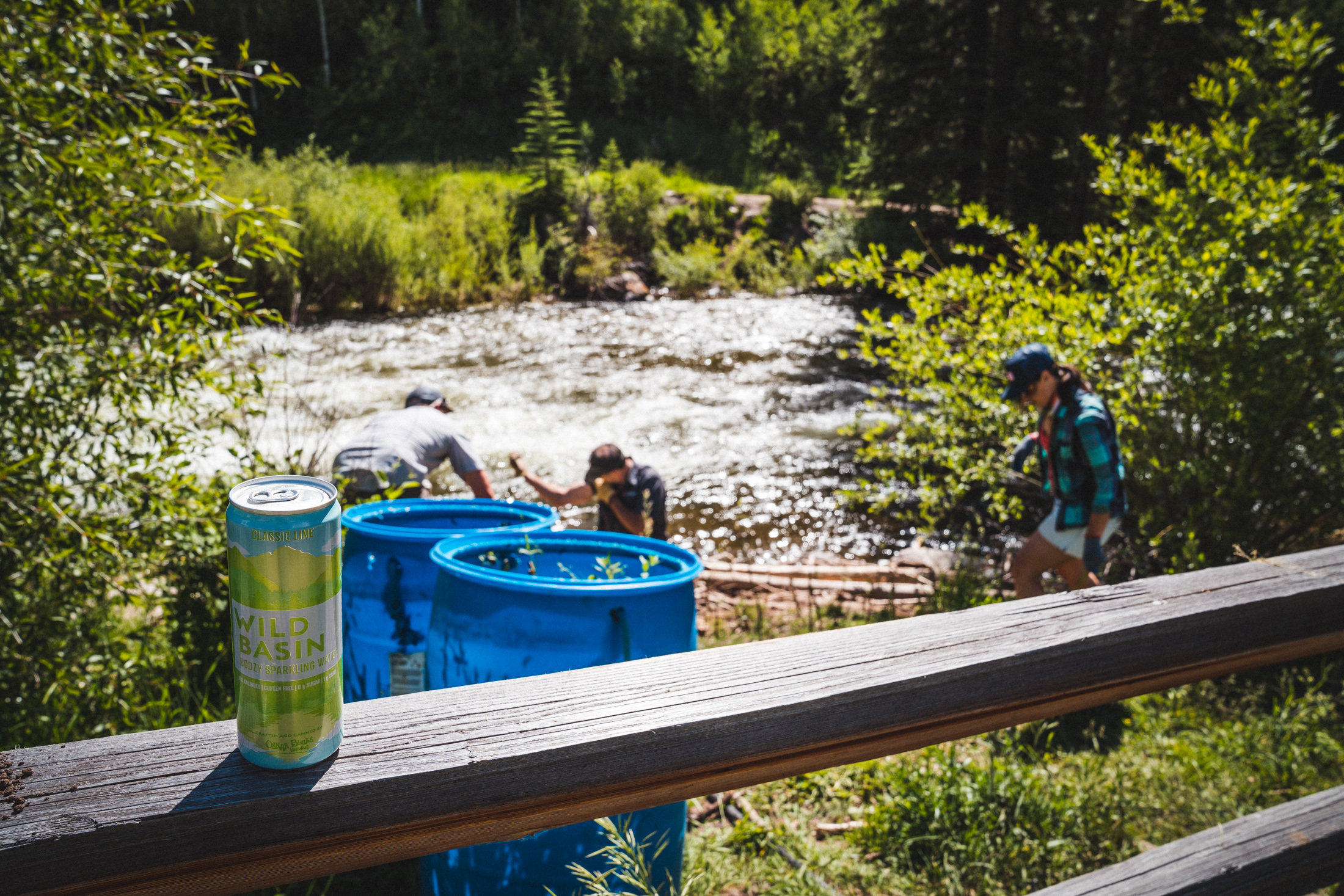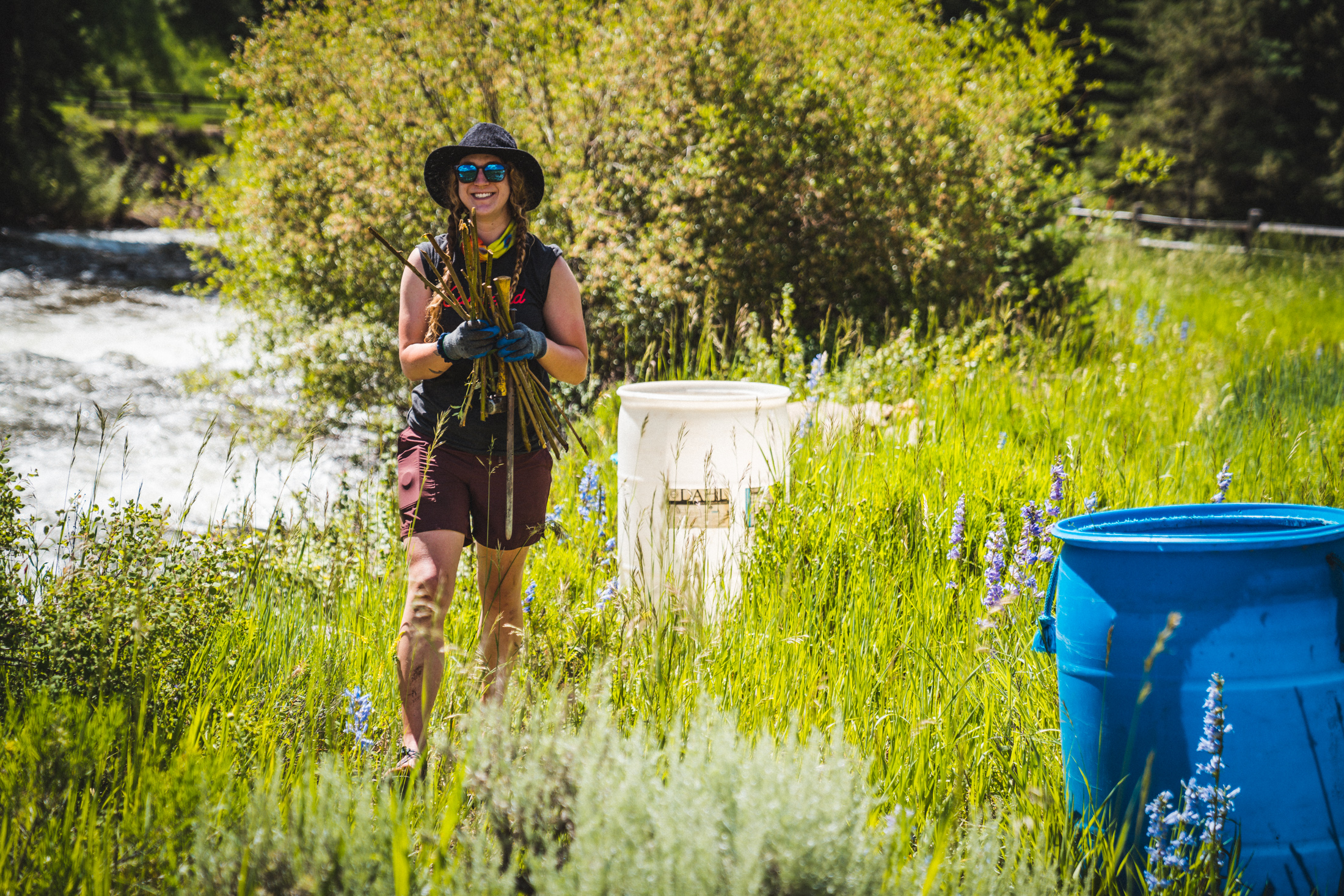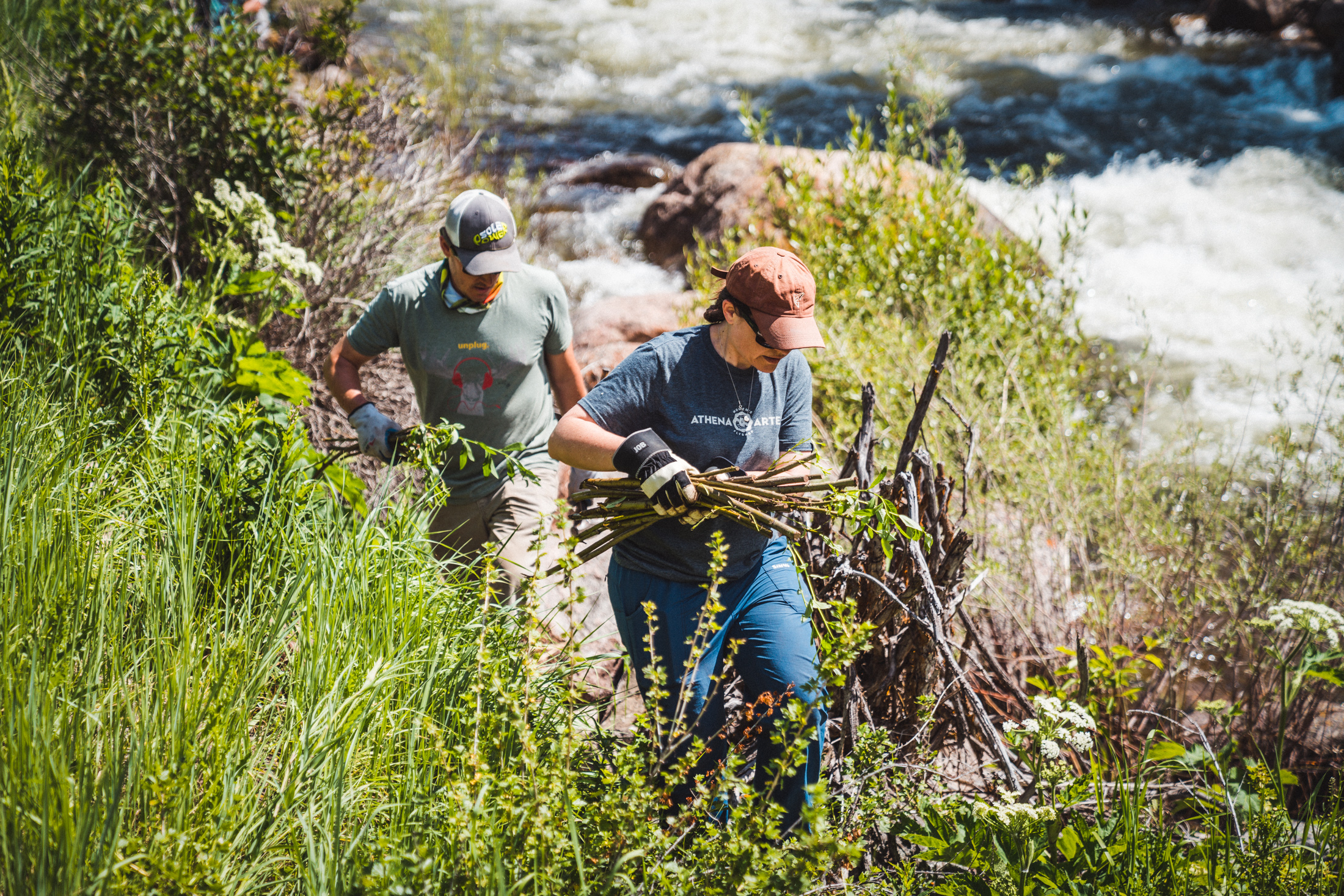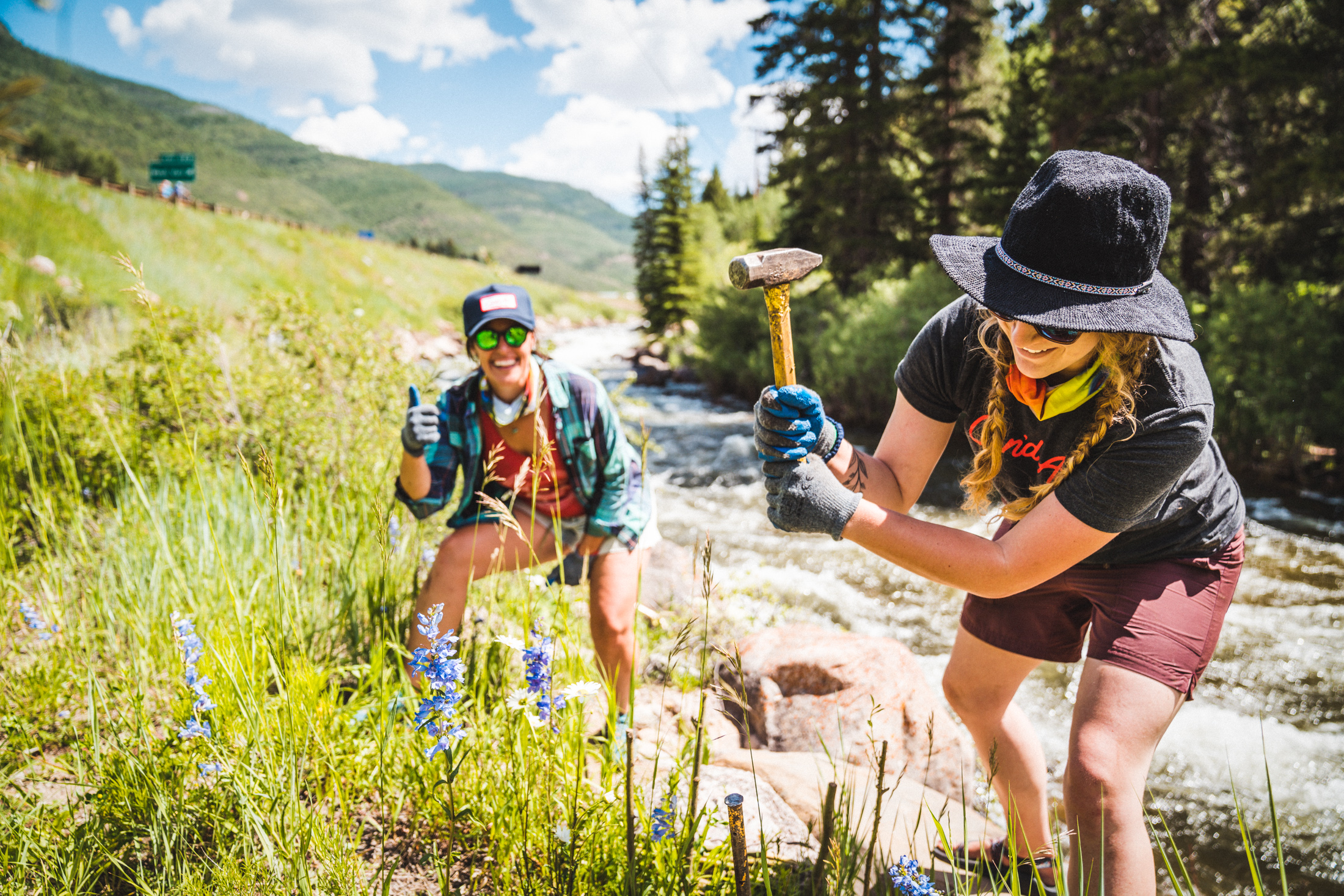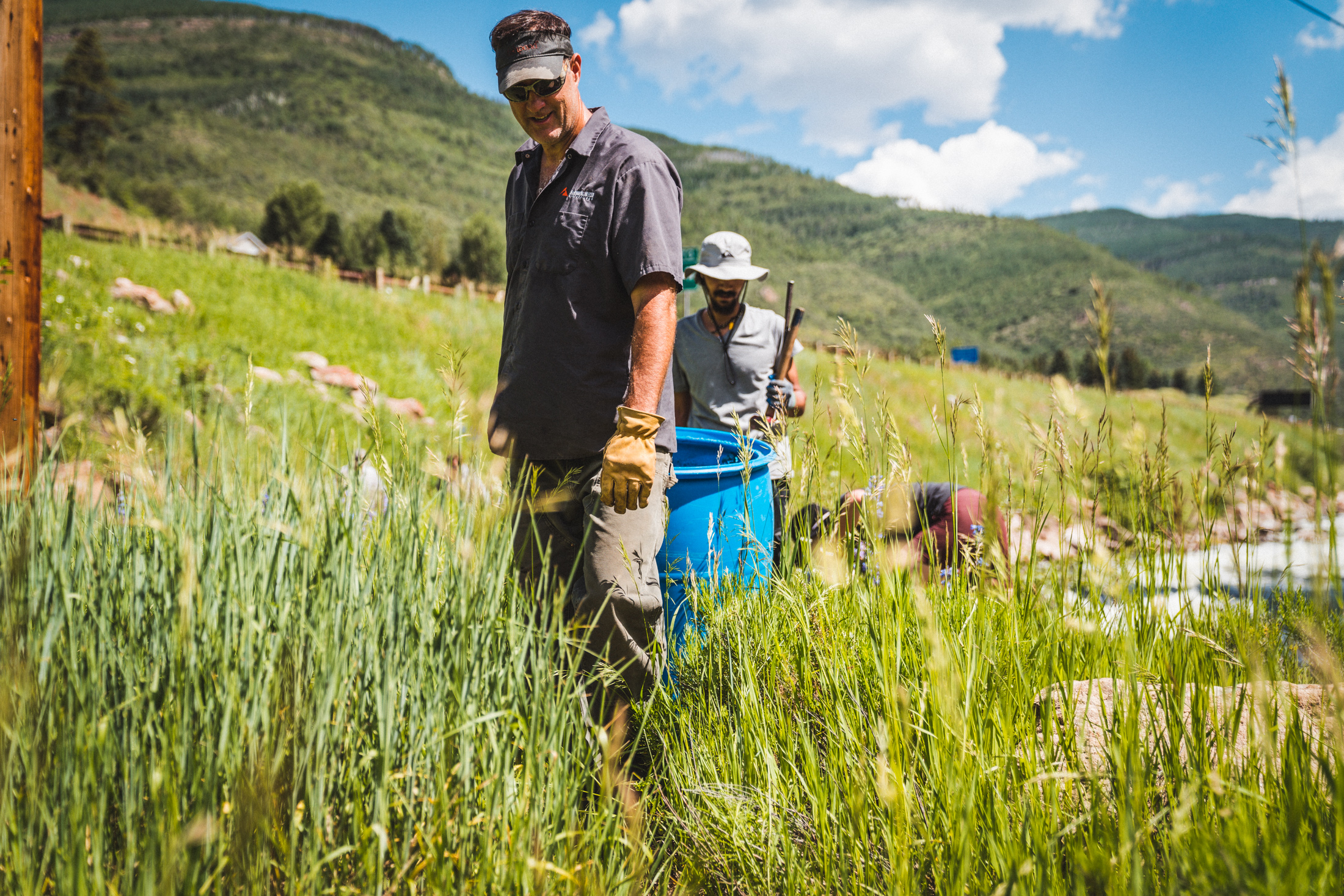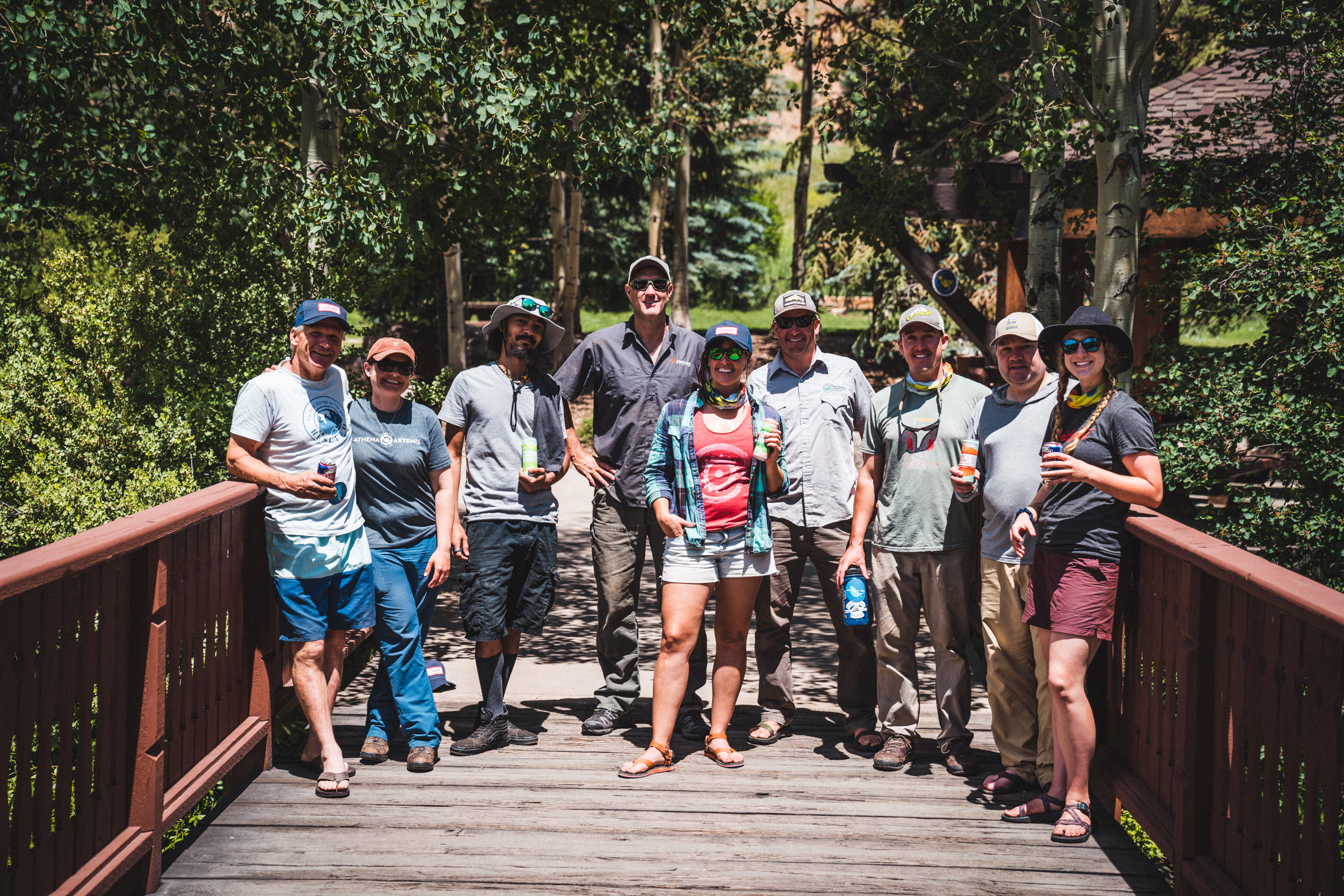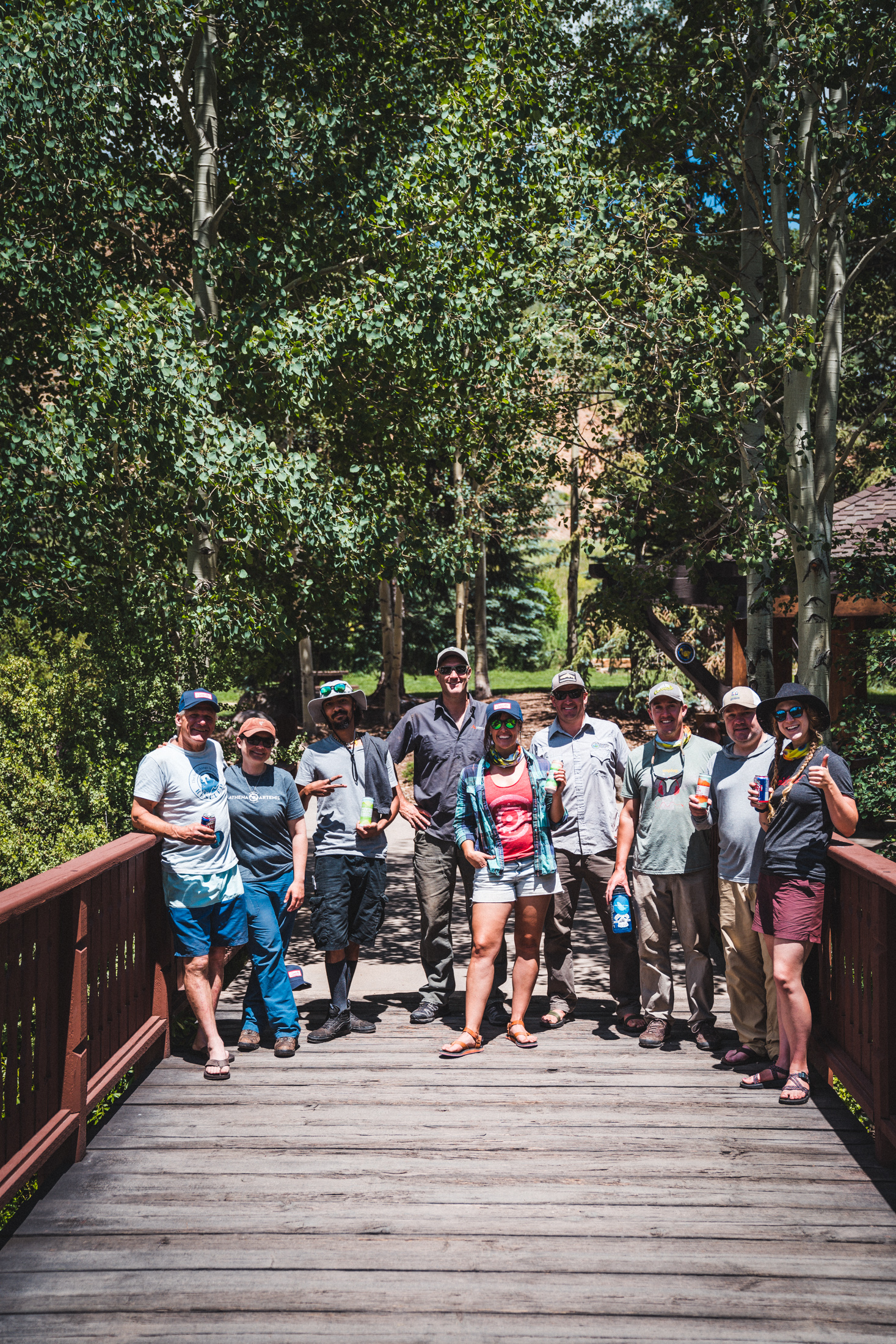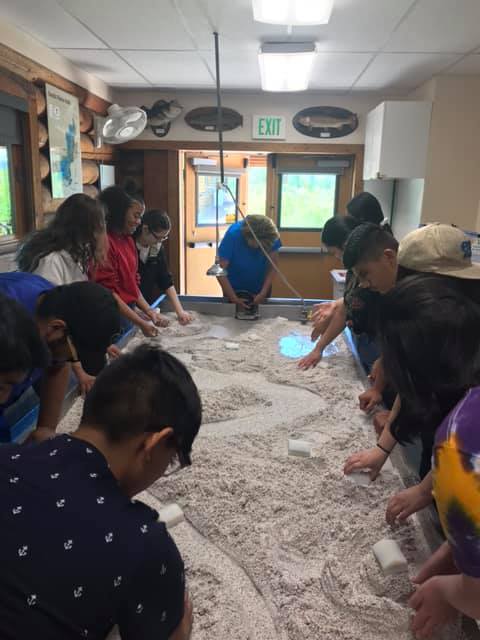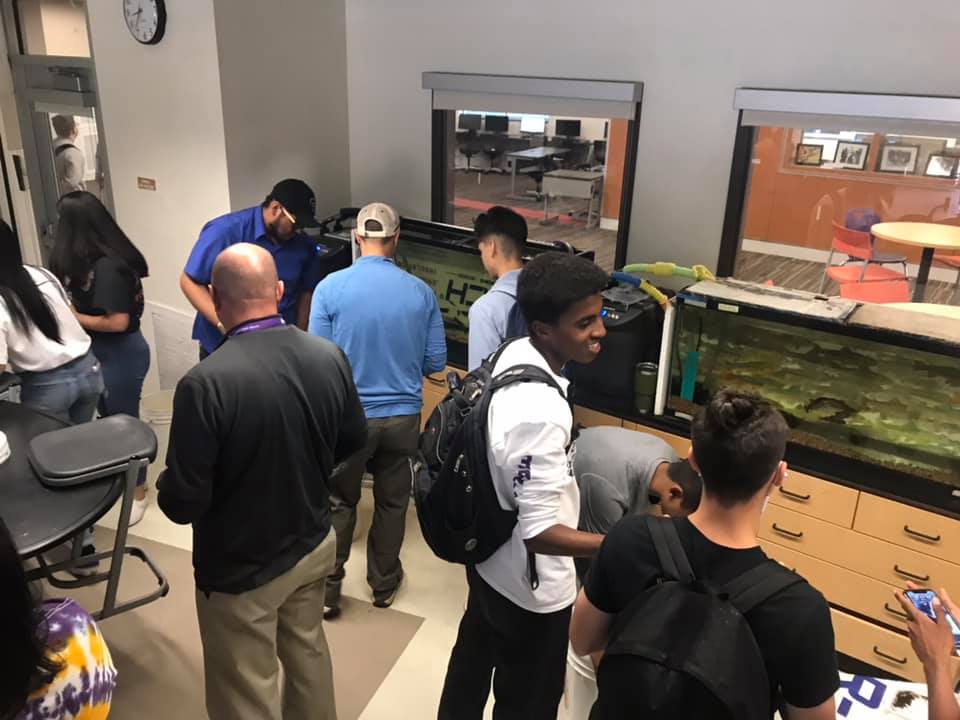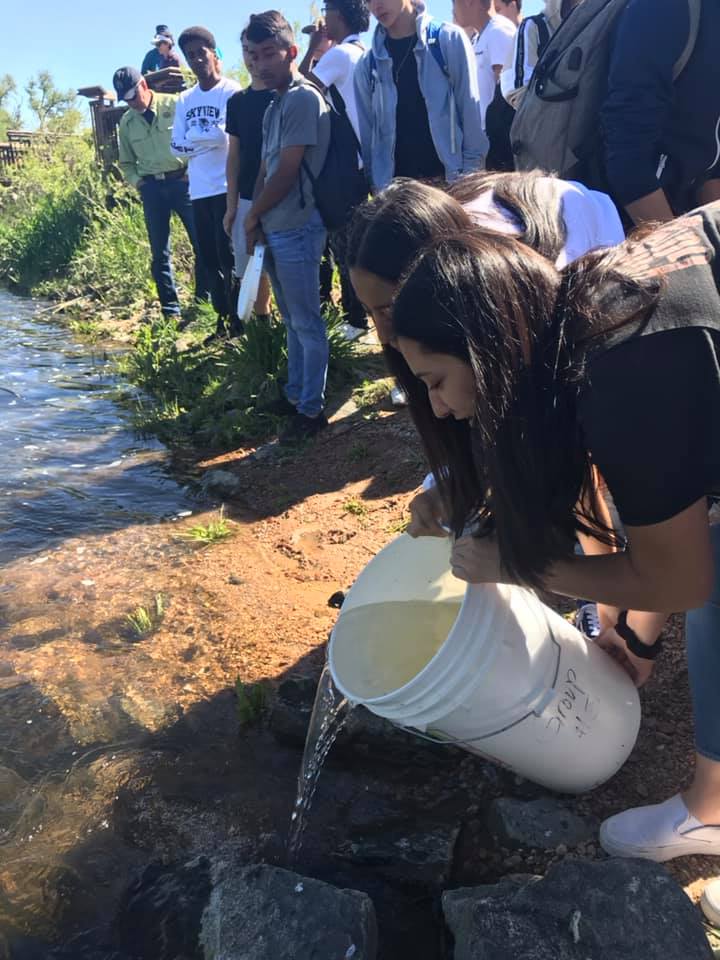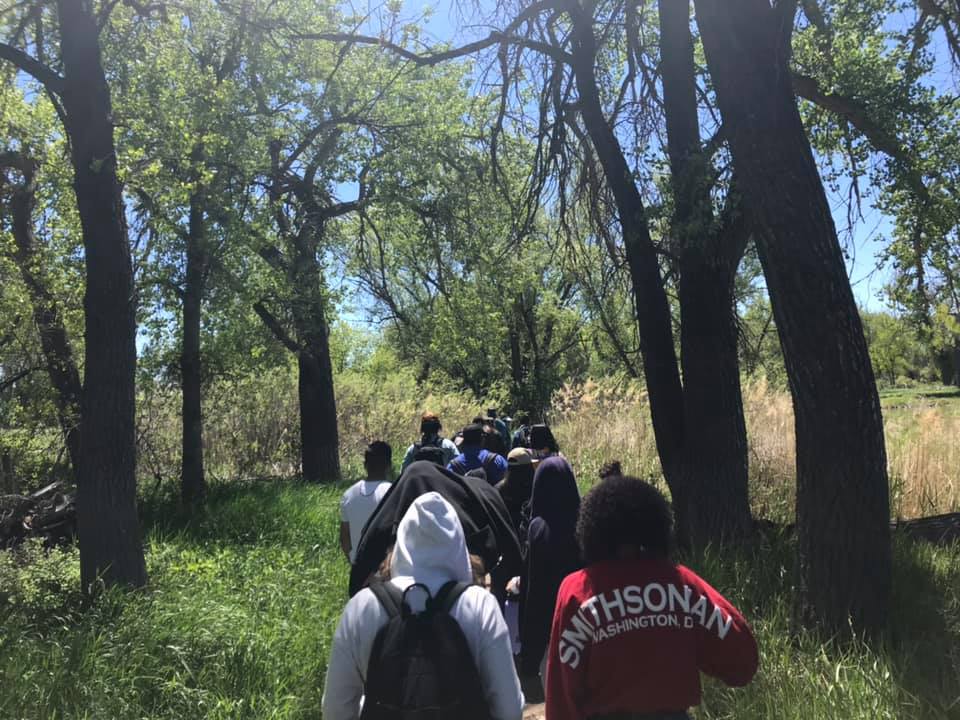The 2015 Gold King Mine waste water spill was an environmental disaster that began at the Gold King Mine near Silverton, Colorado, when Environmental Protection Agency personnel, along with workers for Environmental Restoration LLC, caused the release of toxic waste water into the Animas River watershed.
by Trout Unlimited (Trout Unlimited is the nation’s oldest and largest coldwater fisheries conservation organization, boasting more than 140,000 members. TU’s mission is to conserve, protect and restore North America's coldwater fisheries and their watersheds. Learn more at www.tu.org)
Pollution from mine sites (abandoned or active) fall into two categories: “Non-point sources” and “point-sources”. Non-point source sites are those without a specific point where the pollution discharges into waterways. These are commonly waste rock and tailings piles that cause contaminated soil runoff. Point-sources are those that have a specific source of water pollution discharge that you can, well, point to. In this instance, think of a mine portal bleeding orange, heavy metal-laden water; that’s a point source.
This is an important distinction because under the Clean Water Act (CWA), the EPA requires a discharge permit for all discharges of point source pollution. The effect is that third-party groups - “Good Samaritans” who have no legal responsibility or connection to an abandoned mine – who are interested in conducting a cleanup to address a point-source, draining abandoned mine would inherit permanent liability for a problem they didn’t create. Additionally, Good Samaritans would be required to hold a CWA pollution discharge permit and meet all applicable water quality standards as if they had created the pollution. In other words, the Clean Water Act treats polluters and Good Samaritans the same. There is no distinction in the law.
Because a draining mine is likely to drain forever, the entity performing the work at an abandoned site would be saddled with accountability for any remaining pollution and held liable as if they had created the pollution to begin with - even if their actions create measurable improvements in water quality. The existing legal framework is “all or nothing”. A cleanup project must result in 100% attainment of water quality standards – 99% isn’t good enough. This creates legal jeopardy for Good Samaritans who are unsure if 100% attainment is possible. This conundrum leaves the EPA as the only entity legally positioned to clean up leaking, abandoned mines. But, again, it is only through Superfund can this action occur.
Under current law, only the EPA can treat discharged mine water from abandoned mine sites. ‘Superfund’, or the Comprehensive Environmental Response, Compensation and Liability Act (CERCLA) provides the legal authority and source of funding for the EPA to treat mine waste water from a point-source. But, mine sites are not the only toxic sites awaiting EPA Superfund cleanups. At present, there are over 1300 toxic chemical/pollution sites on the EPA’s Nation Priorities List (NPL) awaiting funding and attention, only a few of which are mine sites. Federal resources are limited for the EPA to conduct cleanups at Superfund sites and there is no dedicated funding source beyond the Congressional appropriations process. And, unfortunately, there are hundreds - if not thousands - of smaller, abandoned draining mine sites contaminating the environment that are not likely to qualify for a Superfund action. These are sites that Good Samaritans could take on to increase cleanup capacity beyond the back-logged and underfunded Superfund program.
After the Gold King mine spill in 2015, numerous Federal and State agencies placed a greater emphasis on quantifying the scope and scale of draining mines in Colorado. A study by the State Division of Reclamation Mining and Safety (DRMS) showed over 250 draining mines in Colorado with 148 likely degrading downstream water quality. With more frequent temperature fluctuations and population increases across Colorado, having clean water sources will become more important for future generations of Coloradans. The draft legislation discussed in previous summaries and below, will give qualified groups the opportunity to assist the EPA and federal agencies in addressing the cleanup of draining mines.
Good Samaritans would only be those private organizations and/or state agencies qualified to conduct cleanups who apply for, and receive, a new type of “Good Samaritan” permit from the EPA. At a minimum, permit applications would have to include: site description, parties to be involved in project, description of mine residue to be remediated, description of the expertise of the Good Samaritan and resources available to successfully implement the project, baseline environmental conditions, comprehensive remediation plan, monitoring plan, engineering plans, contractors, work schedule, health and safety plan, contingency plans, project budget, proof of financial resources and an operation and maintenance plan. Permits would only be issued after a public hearing and comment period, and only if the Good Samaritan meet requirements to the satisfaction of the EPA and applicable regulations.
Funding for Good Samaritan projects would come from a variety of private and public sources, including both state and federal dollars depending on site locations. Grants and foundation money could also be utilized to fund these types of cleanups that would take on a true collaboration of all project partners and interest groups in the surrounding area.
If the EPA chooses to issue a permit for an abandoned mine cleanup, a Good Samaritan would not be required to hold a traditional CWA pollution discharge permit. And, they would be shielded from lawsuits if 100% attainment of water quality standards are not achieved. The EPA would instead hold the Good Samaritan to the requirements and terms of the permit. And, in the unlikely event that a Good Samaritans violates the terms of the permit, and the violation leads to a reduction in water quality or environmental conditions below baseline levels, then the EPA is authorized to require the Good Samaritan to return the site to baseline conditions or face fines, bond forfeiture and permit revocation.
Good Samaritan legislation is being proposed by conservation organizations such as Trout Unlimited who want to conduct Good Samaritan cleanup projects, but are prevented from doing so under current laws. Under existing laws, there are three primary disincentives to Good Samaritan cleanups. They are: 1) It is not feasible to improve water quality to meet high Clean Water Act standards, even though there would be measurable water quality improvements. 2) The Good Samaritan would be permanently liable for pollution they didn’t create. 3) The threat of being sued under “citizen suit” provisions of the Clean Water Act if a project does not attain 100% of water quality standards for any given criterion - again, even if there is a measurable improvement in water quality.
Without Good Samaritan legislation, abandoned mines sites throughout the West that are not qualifying candidates for Superfund will continue to drain pollution every single day without a legal mechanism to begin addressing the problem. Under CERCLA, these sites are not candidates for Superfund projects and therefore the EPA does not have the funding or authority to clean them up. By passing Good Samaritan legislation, state agencies and private organizations can fill in this gap and help take-on cleanups that would yield cleaner water to the benefit every water user downstream.
The current draft proposal is for a pilot program that would terminate after 15 projects or 7 years, whichever comes first. After which, Congress would either let the program expire or pass legislation to continue the program. This will allow for the concept to be proved-up and show that Good Samaritan mine cleanups are effective before making permanent changes to federal law.
In the end, Good Samaritan proponents believe any improvement to water quality, over any period of time, is better than none at all.


















